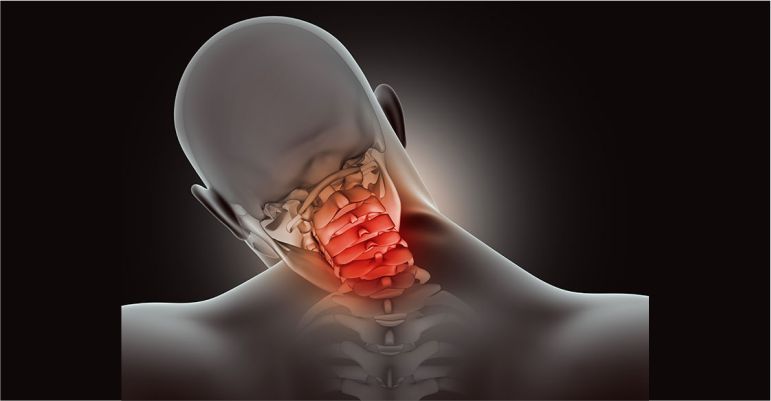CRANIOVERTEBRAL JUNCTION SURGERY

Craniovertebral junction surgery may be used to treat disorders or deformities of the upper neck that are present at birth or occur later in life. Craniovertebral disorders can result in progressive deformity, myelopathy, severe neck pain, and functional disability, such as difficulty swallowing.
Depending upon your causative factors, your doctor may use different approaches to reach your vertebrae. The primary goals of surgical intervention are decompression of neural structures, spinal realignment, and stabilization.
Atlantoaxial Dislocation (AAD) is a rare and potentially fatal disturbance to the normal occipital-cervical anatomy that affects some populations disproportionately, which may cause permanent neurologic deficits or sagittal deformity if not treated in a timely and appropriate manner.
Atlantoaxial dislocation refers to a loss of stability between the atlas and axis (C1–C2), resulting in loss of normal articulation. The atlantoaxial joints can lose stable articulation from traumatic, inflammatory, idiopathic, or congenital abnormalities. The mechanism of injury typically remains unidentified with several theories proposed in the literature. Although it occurs in all age groups, atlantoaxial dislocation is most often seen in adolescents.
For more information regarding atlantoaxial dislocation and treatment options, please consult our best neurosurgeon in Ghatkopar, Mumbai.
Atlantoaxial dislocation refers to a loss of stability between the atlas and axis (C1–C2), resulting in loss of normal articulation. The atlantoaxial joints can lose stable articulation from traumatic, inflammatory, idiopathic, or congenital abnormalities. The mechanism of injury typically remains unidentified with several theories proposed in the literature. Although it occurs in all age groups, atlantoaxial dislocation is most often seen in adolescents.
For more information regarding atlantoaxial dislocation and treatment options, please consult our best neurosurgeon in Ghatkopar, Mumbai.
Basilar Invagination is a rare condition that happens when the top of the spine presses into the base of the skull. The condition can be mild or severe. In severe cases, the top of the spine compresses the brain stem and can cause neurological symptoms. If there is pressure on the spinal cord as a result there are corelating symptoms, surgery is recommended.
For more information regarding basilar invagination and treatment options, please consult our renowned neurosurgeon in Andheri, Mumbai.
For more information regarding basilar invagination and treatment options, please consult our renowned neurosurgeon in Andheri, Mumbai.
